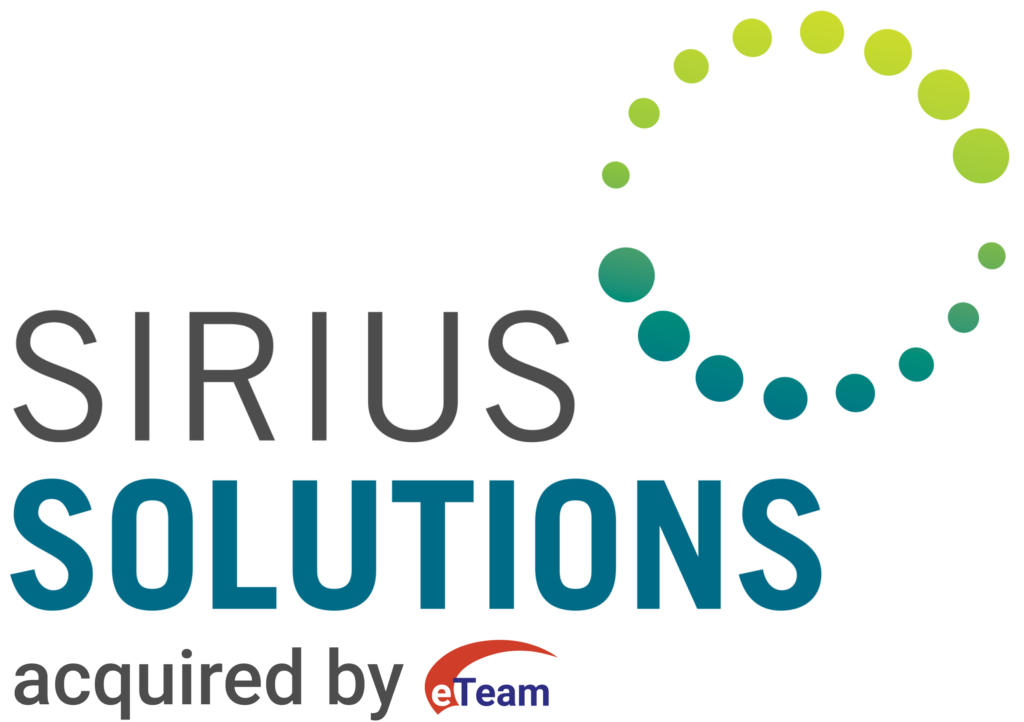Before Planning for 2024, Assess Current Inefficiencies

The business and technology landscape is changing, and for organizations to progress, they must prioritize development. Development can only be possible if you detect the inefficiencies in your current system early. Otherwise, the presence of inefficiencies can impede growth and competitiveness. This article will discuss the importance of assessing and addressing inefficiencies and how the findings can contribute to devising a revolutionary strategy for 2024. Let us embark on this journey of improving processes, navigating change, and boosting employee morale through system management.
The first step in evaluating the inefficiencies in your current system involves identifying the underlying cause(s). If you don’t recognize the reason behind the inefficiency, the organization’s growth could stagnate in the long run. Therefore, pinpoint inefficiencies and investigate the root cause behind them to move toward resolution. Now more than ever, it is also essential for organizations to adapt to the change. The first crucial step towards accomplishing adaptability lies in identifying inefficiencies within your organization’s systems and brainstorming for robust solutions.
- With advancing technology, your organization should keep pace with transformation trends. This will not be possible if outdated and inefficient processes are deeply rooted within an organization. Overcoming this challenge is essential for maintaining competitiveness.
- Your organization’s health can be significantly affected by internal inefficiencies. Therefore, by identifying and resolving these issues, your organization can benefit substantially by saving resources, increasing profitability, enhancing collection practices, and establishing a solid foundation.
- Change is necessary for any organization. Acknowledge the inefficiencies in your system to implement change management. This acknowledgment lets you minimize resistance and adequately prepare your staff for changes.
- The pursuit of efficiency involves seeking ways to improve processes. By achieving efficiency, you can reduce errors in procedures.
- Ineffective systems can have an impact on employee morale. Understandably, your workforce may become frustrated with procedures. However, identifying and addressing inefficiencies can uplift employee morale and enhance job satisfaction.
Now that we know the significance of evaluating inefficiencies let us delve into the areas that require attention during this assessment.
When assessing inefficiencies, it is essential to include the following areas.
Iterative processes are those that regularly repeat within your organization. These processes may encompass protocols related to customer service, inventory control, evaluating contracts, and optimizing payment terms. Begin by mapping them out to assess any existing inefficiencies.
Imagine visually depicting every step of the process from initiation until completion. Pay attention to delays, bottlenecks, or redundant steps. It would be worth considering how these procedures could be streamlined or automated to save time and finances.
Remember that processes involving iteration often present opportunities for financial transformation. Investing in automation or software solutions can significantly enhance accuracy.
Understanding the causes of data inaccuracies is vital, as they can disrupt decision-making within your organization. Thoroughly analyze the flow of data within your systems to identify a solution. Find out where the data originates, how it is manipulated, and its impact on decision-making. Ask yourself questions like Do manual data entry errors occur frequently? Are there processes in place to validate and catch errors?
Once you’ve identified the causes of data inaccuracies, you can focus on improving data quality by implementing measures such as data governance procedures, automated data collection methods, strengthening credit evaluations, or stricter validation protocols.
It’s essential to investigate any instances of data silos within your organization. These silos can lead to inconsistencies and inefficiencies in managing data. Consider examining if there are any data silos within your organization and how they affect your operations. Explore implementing tools for integrating data that facilitate seamless information sharing between departments. You can establish a more cohesive organization by breaking down these isolated systems.
Here’s how you can make the most of the assessment results and plan for 2024:
- Not all inefficiencies will equally impact your organization. So, sort the identified inefficiencies based on their urgency and depth of impact. This way, you can focus your resources and efforts where they matter the most.
- Define measurable goals to address the identified inefficiencies effectively. For example, you might aim to reduce data inaccuracies by a percentage or streamline processes to decrease processing time. Having objectives ensures that your efforts are purposeful and measurable.
- Digital transformation and process improvement often require technology, training, and personnel investments. Allocate the resources to achieve your objectives. Consider allocating funds for software solutions, training staff members, and even bringing in industry experts if needed.
- Establish a defined schedule for implementing these changes. Set deadlines for each phase of the project. Break it down into manageable tasks. A timeline helps keep your team focused and allows for progress toward achieving your goals.
Sirius Solutions leverages a team of experts with the experience to streamline your financial processes, enhancing efficiency and driving profitability for your organization. Our performance-focused approach stems from our profound understanding of your organization’s intricate challenges, complexities, and timelines. We customize each team to suit your business context, providing all the necessary skills to realize your desired outcomes and economic impact. With our specialized expertise, we can help you successfully implement automation solutions like Blackline, ensuring a seamless transition, on-time completion, and cost-efficiency while delivering impressive returns on your investment.
Identifying and addressing any inefficiencies in your system can open the doors of opportunities for growth and improvement. It’s a step towards promoting change management within your organization and embracing progress. To create an environment that supports efficiency, profitability, and success in 2024, it’s essential to prioritize enhancing processes and nurturing employee morale. Hence, it’s wise not to postpone evaluating your situation and planning for the future.
